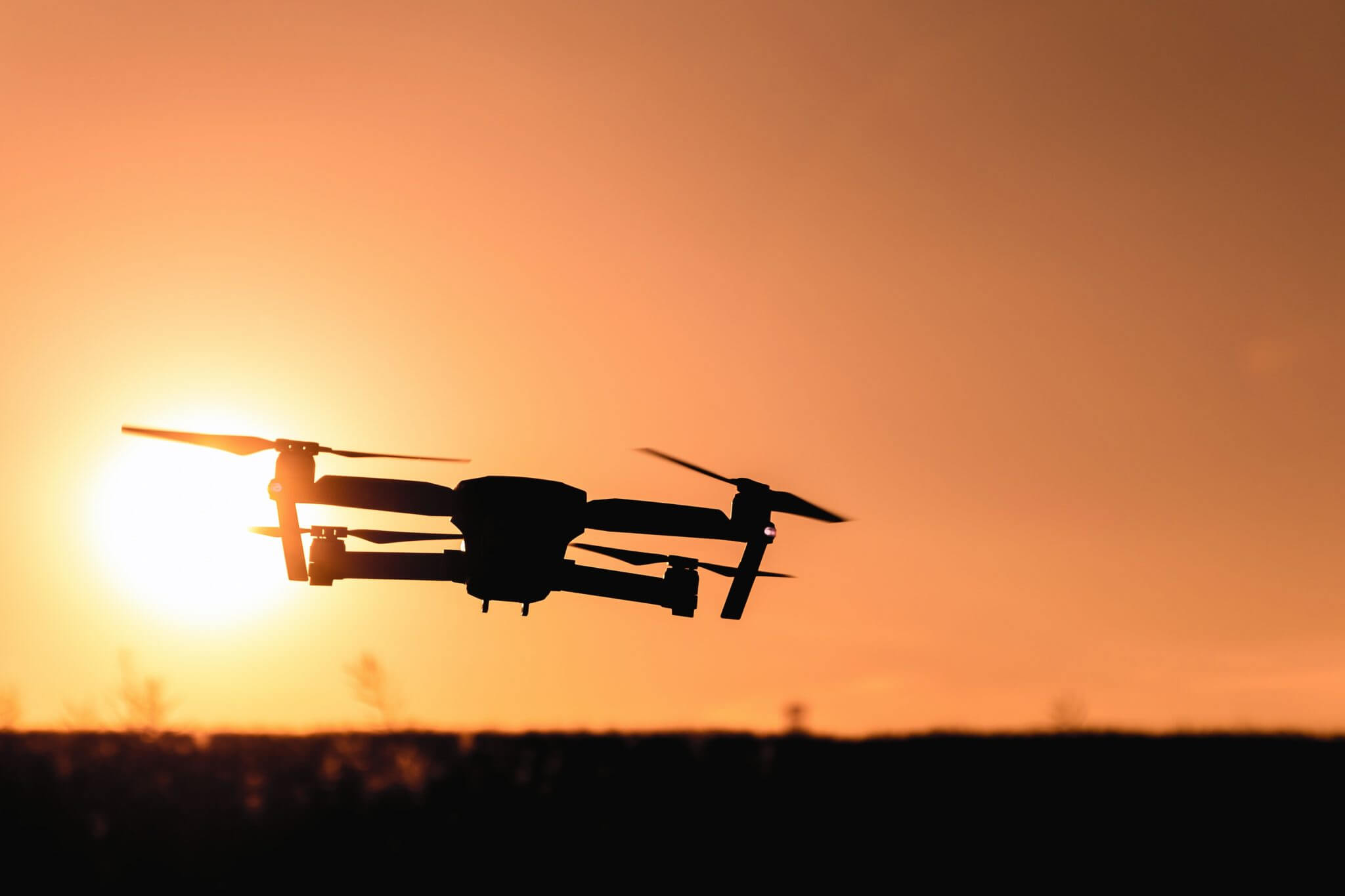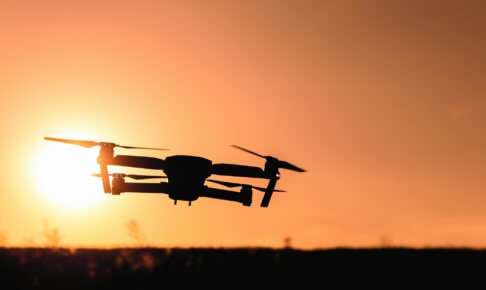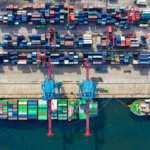Drones, or unmanned/uncrewed aerial vehicles (UAV), have become very popular over the years. Before being commercialized, it was created for military use only and many restrictions were implemented. Nowadays, anyone can buy a (small) drone and fly it – but restrictions are still imposed. The rules are not the same depending on the country, so let’s start with that.
Table of Contents
Drone Laws in Japan
New laws started to be enacted for low-altitude drones when a man used one of them to transport radioactive sand and land on the Prime Minister Shinzo Abe’s office (in 2015). Fortunately, he was out of the country and nobody was hurt (the level of radioactivity was too low). Here are some of the general laws which still apply today (as explained by the Ministry of Land, Infrastructure, Transport and Tourism (MLIT)):

Source: MILT
‘[1] Do not operate UA/Drones under the influence of alcohol and drugs.
[2] Fly and operate UA/Drones after preflight actions.
[3] Operate UA/Drones to prevent collision hazards with airplanes and other UAs/Drones.
[4] Do not operate UA/Drones in a careless or reckless manner.
[5] Fly and operate UA/Drones in the daytime.
[6] Operate UA/Drones within Visual Line of Sight (VLOS).
[7] Keep a 30m or more operating distance between UA/Drones and persons or properties on the ground/water surface.
[8] Do not operate UA/Drones over event sites where many people gather.
[9] Do not transport hazardous materials such as explosives by UA/Drone.
[10] Do not drop any objects from UAs/Drones.
If you intend to fly a UA/Drone regardless of rules [5] to [10] above, you must obtain approval from the Regional Civil Aviation Bureau in advance.’
You do not need a license, but you will have to fill in a document to fly in some restricted zones, for example. You can also find on Fortunately DJI the legal flying zones. There are many restricted zones in Tokyo, so check this map before thinking about flying your drone. Chiba prefecture is an excellent alternative since you can fly almost everywhere.
For further information, contact the UA/Drone Counseling Service.
The Modern Drones for Domestic Use (2020)

As of today, what are the 2020 best drones capable of (according to Drone Store’s top 10)?
- Flight time: between 16 and 33 minutes
- Video quality: usually 4K
- Distance: between 200-300 meters and 8 kilometers (656-984 feet and 4.9 miles)
- Speed: between 42km/h and 72 km/h (26.1 and 44.7 miles per hour)
The Modern Drones for Other Use in Japan
Spherical Drones
A new kind of drone was created to fly beneath the ground, in train and subway tunnels. For now, it is used for one line only, the Tokyo Metro line. It was invented for safety reasons, to inspect tunnels faster and safer than before. Its plastic sphere prevents it from crashing into walls and enables it to get closer in order to spot water leaks or irregularities. The inspection is more efficient and does not imply to set up scaffolding or some vehicles, making it less costly.
Military Drones
The Japanese Ministry of Defence plans to add two craft to the JASDF fleet (Japanese Air Self-Defense Force): drones which will fly in formation with a pilot (who will be able to command them, those drones are planned to enter service around 2045 or 2050) and a ballistic-missile defense (BMD) aircraft which will track missile threats (planned for 2030). For more information, check Popular Mechanics.
Reference www.venturejapan.com/doing-business-in-japan/how-to-sell-to-japanese-corporations/japanese-corporate-customer-loyalty/ uavcoach.com/drone-laws-in-japan/ blog.gaijinpot.com/5-things-know-drones-japan/ www.bbc.com/news/world-asia-32465624 www.mlit.go.jp/common/001303818.pdf www.space.com/29544-what-is-a-drone.html the-japan-news.com/news/article/0006379340 www.drone-store.fr/drones-camera/top-10-meilleurs-drones www.digitaltrends.com/cool-tech/drones-are-flying-beneath-the-ground-in-japan-heres-why/ www.mlit.go.jp/en/koku/uas.html www.popularmechanics.com/military/a23212/japan-pilotless-combat-aircraft/ www.roboticsbusinessreview.com/unmanned/japanese-military-drones-robotics-develop-response-u-s-china-pivot/

















